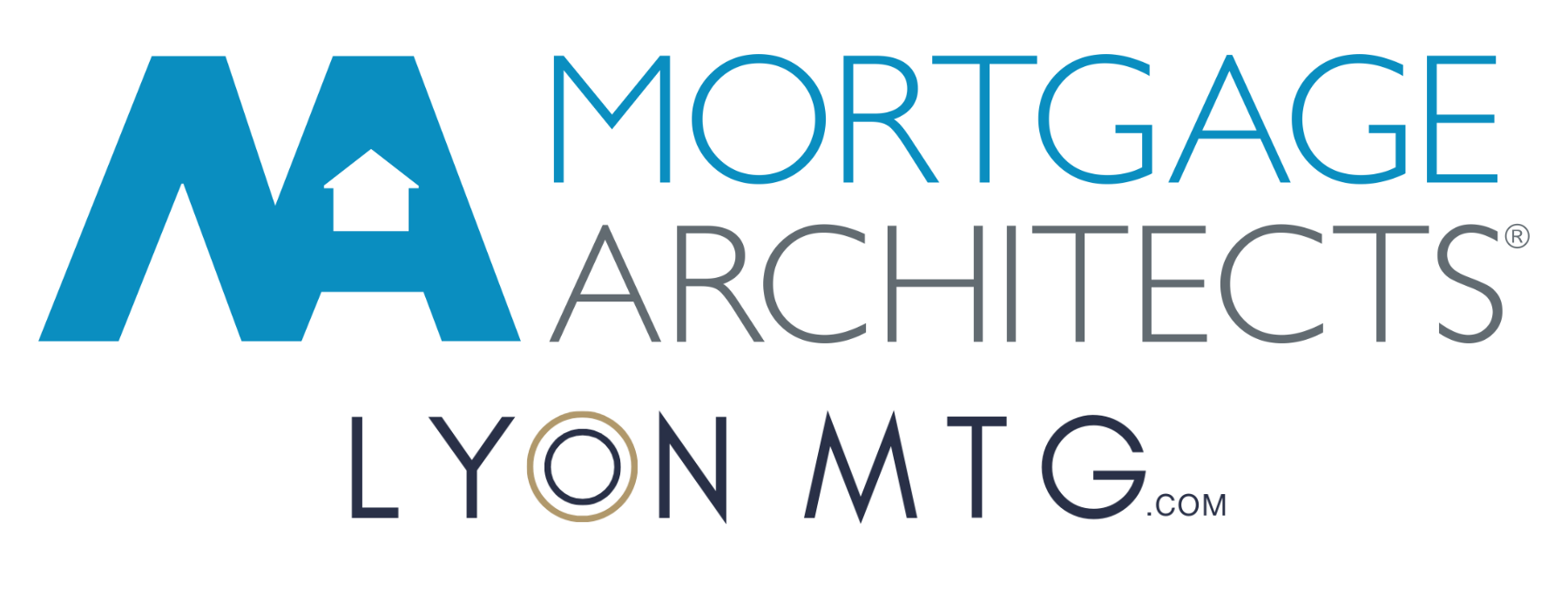How Pre-Payments Can Save You Time and Money
Did you know you could pay off your mortgage years earlier — and save thousands in interest — just by making extra payments? It doesn’t take a massive lump sum to make a big difference. Even small, regular pre-payments can add up over time.
In this blog, we’ll look at what pre-payment privileges are, how they work, and how to use them to your advantage.
What Are Pre-Payment Privileges?
Pre-payment privileges are options built into many mortgages that allow you to pay extra toward your principal balance without penalty. Since regular mortgage payments include both principal (the loan amount) and interest (the cost of borrowing), paying down extra principal early reduces the total interest you’ll pay over the life of your mortgage.
Most lenders offer at least one of the following:
- Lump sum payments (up to a certain percentage of the original mortgage each year)
- Double-up payments (making two regular payments at once)
- Payment increases (raising your regular payment by a set percentage)
Example: The Impact of a 1% Pre-Payment
Let’s say you have a $500,000 mortgage with:
- 25-year amortization
- 5.25% interest rate
If you make a $5,000 lump sum payment every year (about 1% of the mortgage amount), here’s the difference:
With no pre-payments, the numbers look like this:
- Total Pre-Payments: $0
- Total Paid Over Time: $898,871
- Interest Paid: $398,872
- Time to Pay Off Mortgage: 25 years
Now compare that to making just one $5,000 lump sum pre-payment each year:
- Total Pre-Payments: $95,000
- Total Paid Over Time: $806,078
- Interest Paid: $306,078
- Time to Pay Off Mortgage: 19 years and 8 months
That means by making manageable yearly pre-payments, you’d save
almost $93,000 in interest and become mortgage-free more than
5 years earlier.
Other Pre-Payment Options
Double-Up Payments
This option lets you double your regular mortgage payment whenever you choose, accelerating principal repayment significantly.
Payment Increase Privilege
Most lenders allow you to increase your regular payment by up to 15% once per year. Which can be a manageable and consistent way to get ahead because the additional payment still goes directly towards the principal.
Why Pre-Payments Matter
- Save Thousands: Reduce the lifetime interest you pay
- Pay Off Faster: Shorten your mortgage term by years
- Build Equity Quicker: Increase the value you own in your home sooner
Things to Keep in Mind
- Every lender has different rules about when and how you can make pre-payments
- Some allow flexible payments anytime; others limit them to specific dates
- Minimum pre-payment amounts usually apply (often $100 or more)
If you’re not sure about your lender’s policy, ask — or I can help you find out.
Quick Summary
•
Lump Sum Payments: Extra payments directly against your mortgage balance
•
Double-Up Payments: Pay twice your regular installment for faster repayment
•
Payment Increases: Raise your monthly payment within set limits
•
Bottom Line: Even small pre-payments can add up to big savings over time
Next Steps
If becoming mortgage-free faster sounds appealing, review your pre-payment options and start small. Even $100 extra here and there can have a meaningful impact.
If you’d like help building a pre-payment strategy that fits your budget, I’m here to guide you. Book a consultation or call 778-988-8409.
Mortgage Term Glossary
Amortization: Total length of time to fully repay your mortgage (usually 25–30 years in Canada)
Interest: The cost of borrowing money, charged by the lender as a percentage of your loan balance
Lump Sum Payment: An extra payment made directly toward your mortgage balance
Payment Increase Privilege: An option to raise your regular mortgage payments within lender limits
Pre-Payment Privilege: Contractual allowance to make extra payments without penalty
Principal: The original loan amount, not including interest





